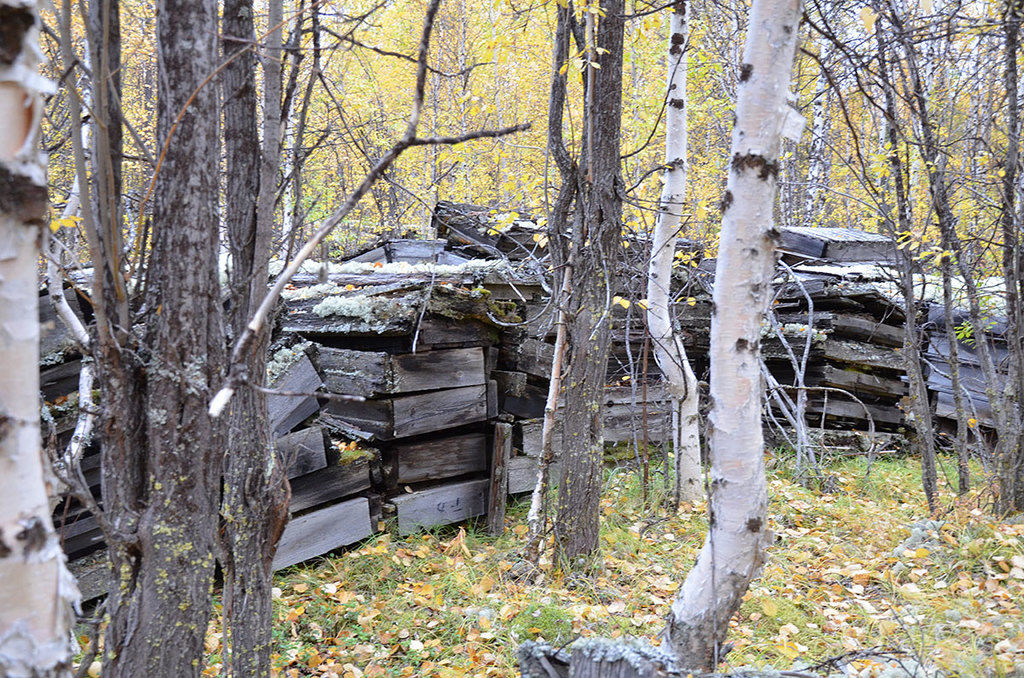Prisoners’ barracks (Ketpar labour camp)
Intended for prisoners, this was the most common type of building in every camp. This type of barracks measures 40 m x 8.5 m and is divided into four rooms with separate entrances. The side rooms were generally used for operational purposes while the two interior rooms served to accommodate prisoners.
Watch Egon Morgenstern’s whole story
This type of barracks was common in camps that were furthest from the central administration of the railway construction project. They were only intended to stay in place temporarily – until the adjacent section of the railway had been completed. Then the barracks were taken apart, moved and reassembled. Unlike the log buildings in bigger camps, they were comprised of and assembled from pre-prepared, prefabricated parts. This is clear from a closer examination of the structure’s walls and floors. Sawdust, which was placed in the space between the two boards used in every part of the construction, served as insulation. Unfortunately, virtually nothing of this barracks’ original fittings has been preserved.
This type of barracks was not used from the very start of the railway construction and the prisoners who set up the first labour camps experienced significantly worse conditions. “They took us to a completely barren place with nothing but the future zone surrounded by barbed wire, by swamps and thickets. There were swarms of mosquitoes in the air. First we lived in 20-metre tents on two-level continuous bunks in two rows. There was a stove at the edge and a table in the middle. We chopped moss and placed it over the tent like bricks. Two hundred people slept on the bunks. It worked out at 40 centimeters to a person. In the morning your hair was stuck to the walls,” says Alexey Salagin, describing the first buildings on the Dead Road.

